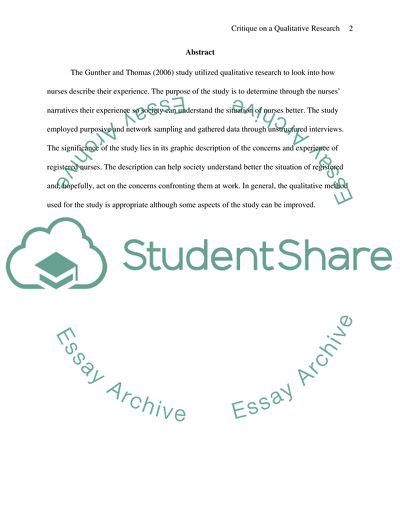Cite this document
(Nurses Narratives of Unforgettable Patient Care Events Research Paper, n.d.)
Nurses Narratives of Unforgettable Patient Care Events Research Paper. Retrieved from https://studentshare.org/nursing/1740491-nursing-research-a-qualitative-article-critique
Nurses Narratives of Unforgettable Patient Care Events Research Paper. Retrieved from https://studentshare.org/nursing/1740491-nursing-research-a-qualitative-article-critique
(Nurses Narratives of Unforgettable Patient Care Events Research Paper)
Nurses Narratives of Unforgettable Patient Care Events Research Paper. https://studentshare.org/nursing/1740491-nursing-research-a-qualitative-article-critique.
Nurses Narratives of Unforgettable Patient Care Events Research Paper. https://studentshare.org/nursing/1740491-nursing-research-a-qualitative-article-critique.
“Nurses Narratives of Unforgettable Patient Care Events Research Paper”. https://studentshare.org/nursing/1740491-nursing-research-a-qualitative-article-critique.


